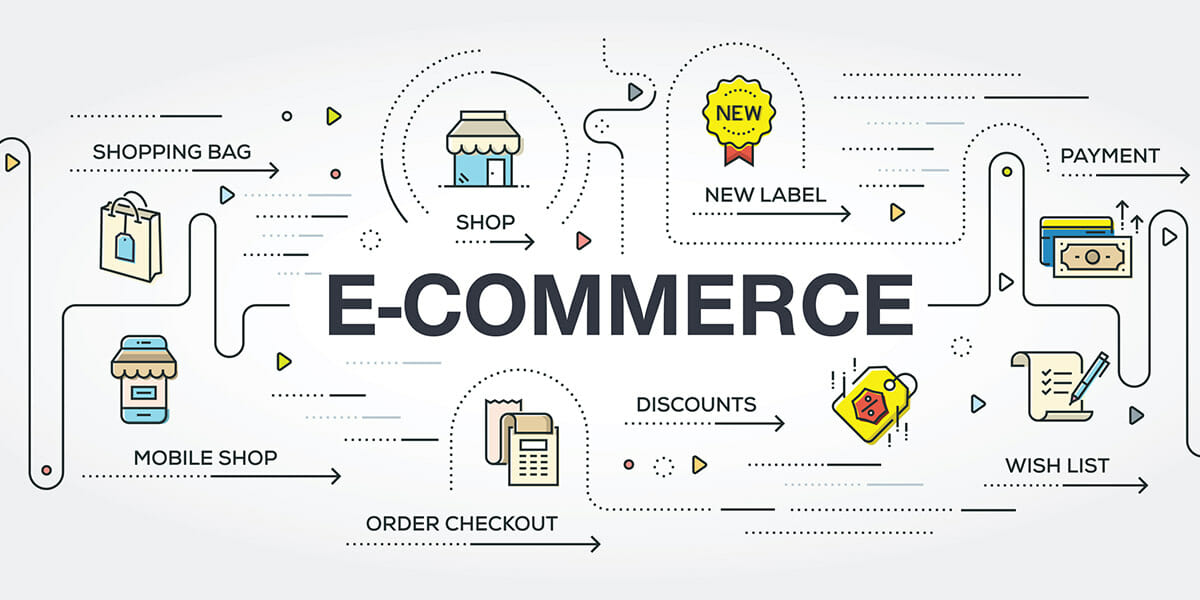How to Optimize Your E-commerce Management in 2023
Building an e-commerce store is a one-time thing. Running and managing it is consistent.
When you build an e-commerce store, you want it to grow and expand. Increasing traffic and views and turning to-be-consumers into consumers is necessary for the business to thrive in the long run. However, not may sail across to reach the other side and become successful. After all, today’s websites are more than just business cards; they’re fully-functional websites that need constant visitors’ attention.
Design, content, and technology trends contribute to managing a website that stands the test of constant updation. 87% of eCommerce websites fail because they fall short on one or more of the metrics.
Core Elements Of Managing An E-Commerce Website
This article has all the core elements of successfully managing an e-commerce website.
Let’s see what those are.
1. Hire a technical writer
While website optimization is key to attract new customer influx, it’s vital to underestimate the power of good content. Many writers are experienced in writing SEO content and devising marketing strategies that derive growth. However, it’s important to know how to hire technical writer to ensure you don’t just hire a writer, but a digital marketing content professional who is aware of the ins and outs of content.
If you’re still on the fence regarding whether or not to hire technical writers, below are a few reasons why you should:
Enhances your branding
Regardless of the domain, you need to have a consistent and clear voice as a business.
The brand voice helps you attract new customers and retain the existing ones. However, finding that voice could be daunting, especially when you rely on multiple writers for your content. As a startup, hiring freelancers is a viable option; however, hiring a full-time technical writer could bring you long-term benefits.
Technical writers know what they write. Their knowledge helps your business create a unique voice that speaks powerfully to the designated audience. Whether it’s the word count or the quality of the content, a technical writer helps to enhance branding.
Increase in conversions
The job of a technical writer is to help your business churn out sales. An expertly crafted copy has a major impact on generating sales as it conveys and convinces buyers needing your product. However, the job isn’t done when a consumer clicks to purchase a service. You need solid content to nurture long-lasting customer relationships. Here’s when you need writers to optimize content in a way that generates revenue.
Give content an expertised touch
When hiring a writer, especially a writer in the eCommerce industry, they are experts in their domain. Many have years of experience working with various brands across different disciplines and engaging in multiple projects. Such writers become your sounding board when you need help conveying a message.
2. Make your content game strong
We live in a world where content is the entire kingdom. It plays a crucial role in managing your business since it puts your business on the map and potentially turns it into a trusted brand.
Content helps a user navigate effortlessly through the website from the moment they register to the moment they make a purchase and even after that. So as an eCommerce business owner willing to grow the business, they first need to focus on content. After all, writing is a highly technical and creative task that plays a massive role in the eCommerce industry.
When businesses are churning out numerous blogs daily in a rut to stand out, it’s challenging for e-commerce companies to do so. So come up with a comprehensive content strategy.
- Consider embedding videos in blogs
- Explore podcasts as a means to connect to audiences
- Find out new platforms
- Go for paid ads
Businesses need to know what their customers are looking for. You’ll only know what they want when you experiment and find their reaction. A few simple ways to find out what your customers look for could be:
- Conducting surveys at regular intervals
- Study your competitors’ strategies
- Note your assumptions on what they want based on your experience
Use surveys to verify what your customers want rather than finding it out. Note what you think they want, then confirm it through different mediums. Then it’s time to decide whether to revamp the existing content strategy or develop a new one.
3. Consider data-driven recruitment

Listening to your gut is vital to an artist. However, data speaks volumes when you want to make informed business decisions. Anything in business based on a gut feeling rather than logical decision-making comes with a chance to backfire.
For example, a candidate has a fantastic portfolio. Now, if you decide to hire the candidate based on the resume and the charm, you’ll most likely regret the decision later. Instead, consider data driven recruitment. No matter how good a candidate sounds on paper, they don’t always translate into how well they perform. When you rely on data, the chances of making the right hiring choices significantly improve.
You need the following data to make the right choice:
- What percentage of new hires quit in a matter of a few months?
- How many hires are top performers?
- How productive are the hires?
- From where did the candidate apply to your firm?
Once you get the data, compare the metrics to determine which channels work best for recruitment. Doing so helps you know the candidate’s skills, personality, cultural fit, and many other variables. Data-driven recruitment cuts off or lowers the uncertainties in the recruitment process and makes you confident in your decision-making.
You not only need to consider data-driven recruitment but also data-driven marketing to make more informed marketing decisions.
4. Update the website’s landing and product pages
The web world is swift.
Design trends continue to change quickly. If you’re not constantly updated with them and update your landing pages or product pages simultaneously, your website will be outdated in no time. Also, you’ll notice an extreme steep down in traffic. 94% of users leave a website simply because of low-quality design. We certainly don’t want that.
Optimizing your landing pages is crucial since a user lands on that page (figuratively). Hence, they’re a key part of your site optimization. So if your landing or product pages haven’t been optimized properly, get ready to see your bounce rate go off the charts. You can optimize the web pages in the following ways:
- Add special offers or discounts to generate more interest and entice your customers.
- Embed the product review section on your website to enhance the conversion rate.
- Create best-selling products that visitors can see right away.
- Use High Definition quality pictures throughout the website.
- Use A/B testing to test different versions of on-page elements to identify which version converts visitors into customers.
Ensure you keep up with the content and design trends and imbibe all that your website asks for!
5. Keep tab on website performance metrics
Which are the major sources of traffic? How long do visitors prefer to stay on your website? Which web pages are visited the most often?
The questions that help you better market your site are endless. Of course, the answers to these change over time, so you need to keep conducting this regularly to not miss out on an opportunity to enhance efficiency and boost conversion rate. One of the key metrics however, is website’s loading speed.
Ask the following questions to better judge this parameter:
- Does your website take too long to load?
- Are pages lazy loading?
- Does the video/audio content or images take long to load?
Website testing and optimization includes regularly testing loading times, especially when you add new content. If you fail to do so, customers may leave your site, resulting in lost conversions.
It’s time to optimize
Changes in the website, like optimizing web pages for conversion, decluttering the page, using structured CTAs changes, etc., may seem “obvious”; however, their cumulative effect on the business is enormous. E-commerce businesses are bound to grow when you navigate your way through emerging technology trends.
Stay up-to-date on the relevant tools and tech updates and find ways to optimize your website. Review the web pages regularly to ensure they’re optimized. Also, learn how to integrate trending tools into your existing strategy. With the strategies mentioned in the article, you’ll be able to handle new customer influx while keeping the existing ones intact.
Keep optimization at the core, and the business will grow.




